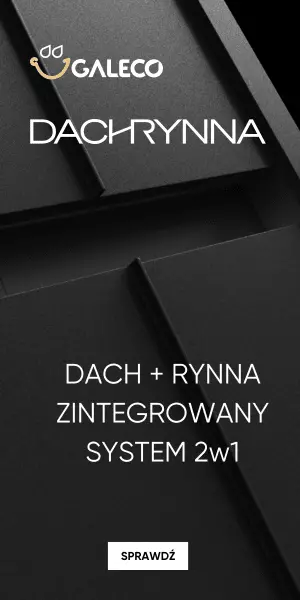Housing architecture
How to live well? How to design well so that residents are satisfied? How to design a single-family home? The modern multifamily home. The future of housing. How to design an alternative house?
how to live well?
This question is probably asked by every person at different stages of their life. There are three options to choose from: a single-family house, living in a building multifamily or use alternative forms of housing. The question can be asked in a different way: how to design well so that residents are satisfied? When an investor or developer specifies a particular form of construction, the architect should take into account the existing space - the "urban fabric", and also the terrain, especially in the case of construction outside the city. Especially when it comes to single-family construction, the architect should take into account the vision and expectations of the investor, who is most often also the future occupant of the house. In Poland, residential construction in most means single-family housing - in 2018, as many as 85 504 single-family buildings were put into use and only 5 137 multi-family buildings. Architectural studios, therefore, most often deal with investors wishing to build their own single-family home.
how to design a single-family home?
Esthetics, prestige and utility in one - this is how one can describe the latest achievements of Polish architects, such as Dom Po Drodze or Dom Bezpieczny by KWK Promes - but for most investors and future residents, it is important that the house is simply friendly, that one feels a homey atmosphere in it. This is not only a task for interior designers, the ability to create such a warm home atmosphere also lies in the hands of the architect. In addition, he or she has a say in the maintenance costs of such a building by designing a passive or energy-efficient house.
A single-family home is an investment for several generations. Today there is a fashion for intelligent buildings. No wonder - sensors, access to what's happening in the house, even when we're not in it - all this makes life easier. However, just as it is with apps in a smartphone - it may turn out that we don't need some of the amenities, or they even get in the way of functioning. So the designer should consider all the pros and cons and discuss them with the future user of such a house.
modern multifamily house
Modern ergonomics is driving designers of multifamily homes towards the design-for-all trend. The idea is that the architect should draw on interdisciplinary knowledge, including applied psychology or ecology. The challenge is to design a space that is comfortable and useful for many people. It is also necessary to take into account people with disabilities, to design the building so as not to exclude anyone.
It is best if the building, or group of buildings, have some kind of common, inclusive space. As Donald A. Norman says - beautiful things work better. The same is true of living space. After all, aesthetics, which will always rival economic calculation, is very important. So what are the latest trends in multifamily residential architecture? The designer should find the golden mean between nature and urban space, in such a way that residents get the impression that they simultaneously live in a multifamily building, but feel like they are living in a single-family home - they have a bit of nature to themselves, no one violates their zone of intimacy and comfort.
Mulltifunctional spaces are the answer to small square meters in multifamily housing. A living room, for example, can turn into a large kitchen after moving a movable wall, and after moving another wall, create a comfortable place to work at home.
the future of housing
With ever-shrinking natural resources, rising land and housing prices, the future of housing is single-family and multifamily alternative design.
In the United States, Australia and New Zealand, the trend is toward off the grid construction - that is, making a house completely independent in terms of energy and plumbing - such a house is called an earthship, because it resembles a ship that has solar panels instead of sails and can move - mobile microdomes. They resemble Drzymała's wagon on the one hand, and Polish houses in allotment gardens on the other. More on this subject in the article Microdomes. An example of an environmentally friendly alternative to multifamily housing may be City Farm.














































